Although prominent veins on the arms are commonly associated with being fit, there isn’t a strong direct link between the two. If you’d like your veins to stand out more, there are several approaches you can try.
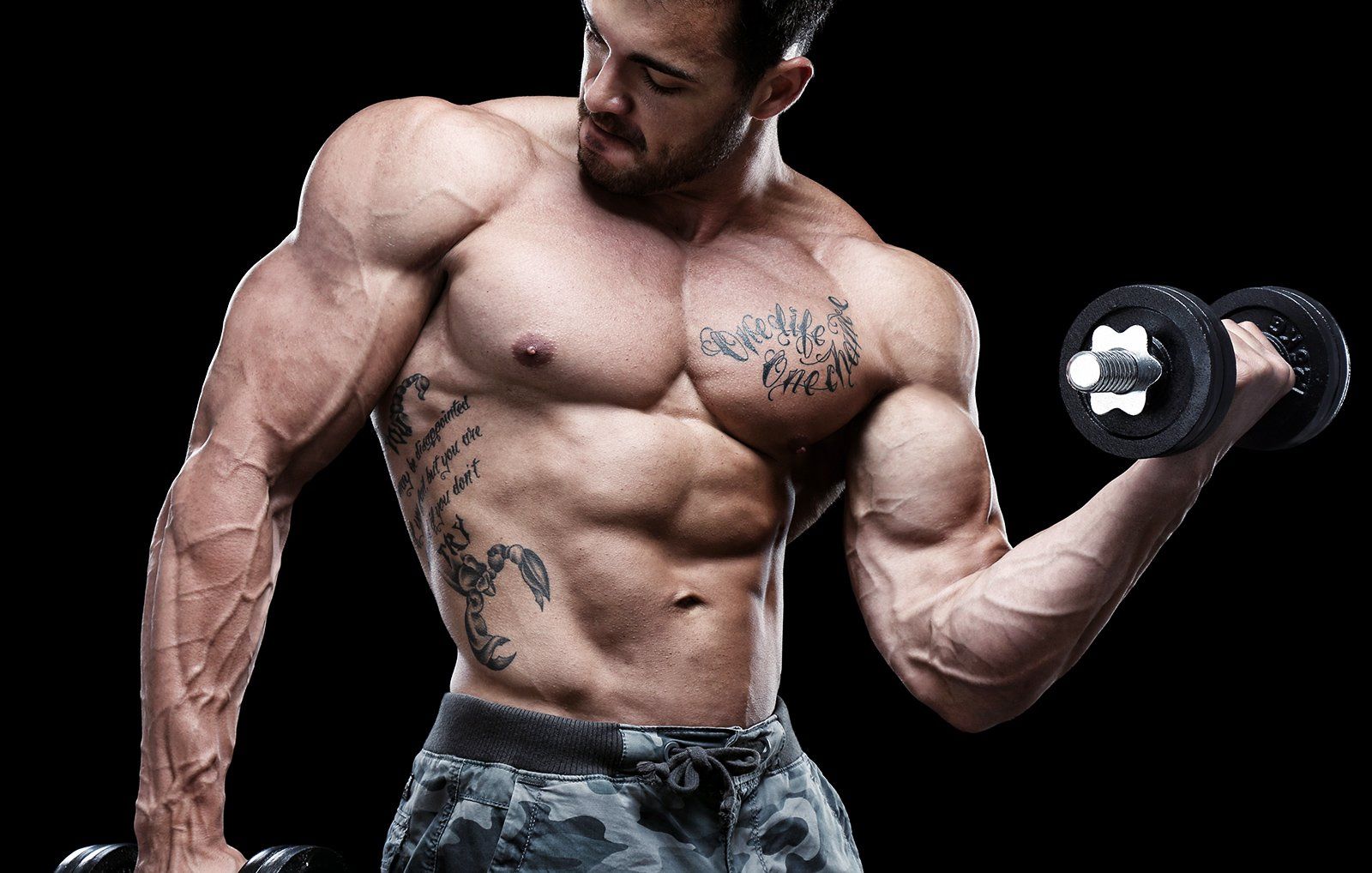
Bodybuilders and gym-goers frequently display arms with pronounced veins, and this look—often admired—is referred to in fitness circles as vascularity.
When veins are more visible, the skin around them often appears thinner, which accentuates the look. This effect is partly due to reduced subcutaneous fat, helping both muscles and veins look more defined.
That said, veiny arms aren’t a definitive sign of fitness. They can appear naturally or result from unhealthy habits. Likewise, some very fit people don’t have noticeable veins, and others may be inherently vascular without spending much time training.
Read on to find out what causes veins to bulge and what methods you can use to enhance their prominence and visibility.
What makes veins in the arms stand out?
Your arms can look veiny both during activity and at rest. Prominent veins in the muscles are often due to a low percentage of body fat and increased muscle size. However, fitness isn’t the sole factor.
Below are several reasons your veins might be more apparent. If you decide to try increasing vascularity, take precautions and proceed safely.
Elevated blood pressure
During exercise, blood pressure increases to meet your muscles’ demand for more blood. This broadens your veins, making them more defined—especially during intense workouts.
If you have uncontrolled high blood pressure, be careful when lifting weights or doing strenuous exercise.
High levels of stress
Noticeable veins can also be linked to stress from training or daily life. Higher stress can elevate cortisol, which may contribute to vascularity.
An additional hormone, aldosterone, can encourage the body to retain sodium and water and raise blood pressure, sometimes causing veins to swell.
Genetics and aging
Some people naturally have thinner or more translucent skin that reveals veins more easily, especially if they train. Others simply have larger veins that become even clearer with exercise.
Veins may be more pronounced in older adults because valves weaken and the skin thins and loses elasticity, making vessels more visible.
How can you make the veins in your arms more pronounced?
If your goal is more visible veins, several strategies can help create that definition. Safely building muscle, reducing body fat, and improving circulation through cardio are key.
Build muscle mass
Intense resistance training enlarges muscles, which can push veins closer to the surface and make them more prominent.
For muscle growth, do strength-focused workouts with higher loads, more repetitions, and shorter rests between sets. Target exercises that develop the biceps, triceps, and forearms.
To enhance vascularity, include movements that involve lifting weights overhead or above the shoulder line.
Lower overall body fat
Veins will show up more when there is less fat beneath the skin covering your muscles.
To lose excess fat, increase cardiovascular activity and create a calorie deficit. Reducing subcutaneous fat directly under the skin will make veins more noticeable.
Add cardiovascular exercise
Regular cardio helps increase circulation, supports fat loss, and aids strength, all of which contribute to more visible veins.
Besides longer cardio sessions, remain active in short bursts throughout the day. Aim for 5 to 10 minutes of movement each hour, even if you spend most of the time seated.
Nutrition
Follow a balanced diet that promotes fat loss through a calorie deficit and supplies enough protein for muscle growth. Good sources include:
- meats such as turkey, chicken breast, lean beef, and pork tenderloin
- dairy like Greek yogurt, cottage cheese, and milk
- legumes and beans such as soybeans, chickpeas, and edamame
Hydration influences vascularity, so drink ample water and consider other healthy fluids such as:
- kombucha
- herbal teas
- coconut water
Blood flow restriction training (BFRT)
BFRT involves applying cuffs or bands to restrict blood flow to the limbs while lifting, increasing pressure on vessels and limiting venous return to the heart.
BFRT can enhance vascularity and let you gain strength using lighter loads, enabling more reps—sometimes as little as 20 percent of your usual weight.
Whenever possible, perform BFRT under the supervision of a trainer or someone certified in the method, as incorrect use can harm nerves or blood vessels.
Avoid BFRT if you’re new to training, older, or have cardiovascular or blood pressure issues. Always consult a healthcare professional before starting BFRT.
When should bulging veins be a concern?
Protruding veins aren’t always a sign of health. Stress and high blood pressure can also cause them to appear.
Don’t overdo exercise to chase vascularity. Pushing beyond your limits risks injury and could aggravate or cause medical issues. Let your body guide your workouts rather than relying on external appearance.
If you’re new to exercise or have any health issues that could be affected by physical activity, talk with your doctor before beginning a new fitness program.
Bottom line
Pursue your fitness aims in a safe, sensible way. Keep in mind that arm veins often become more visible around workouts, and the effect may be temporary.
It’s also normal to be highly fit without having bulging veins. Focus on a balanced approach to fitness and lifestyle choices that support your overall health.

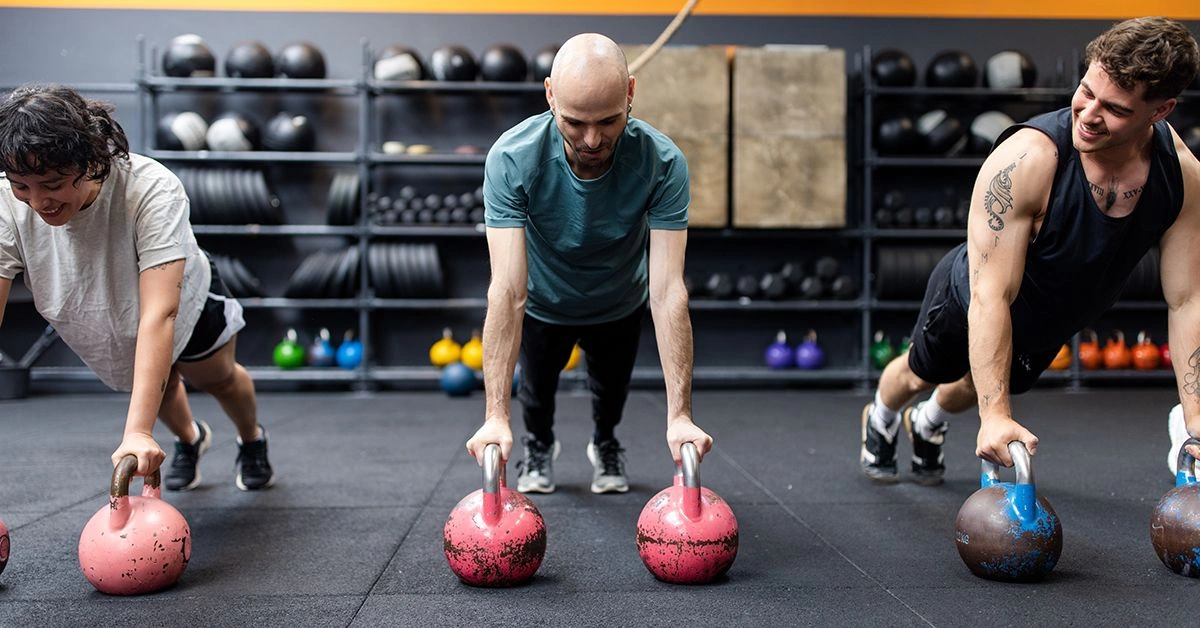





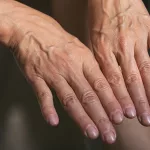

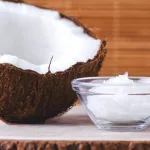


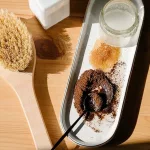

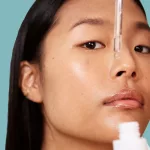
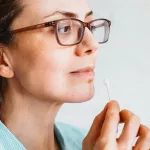


Leave a Reply
You must be logged in to post a comment.